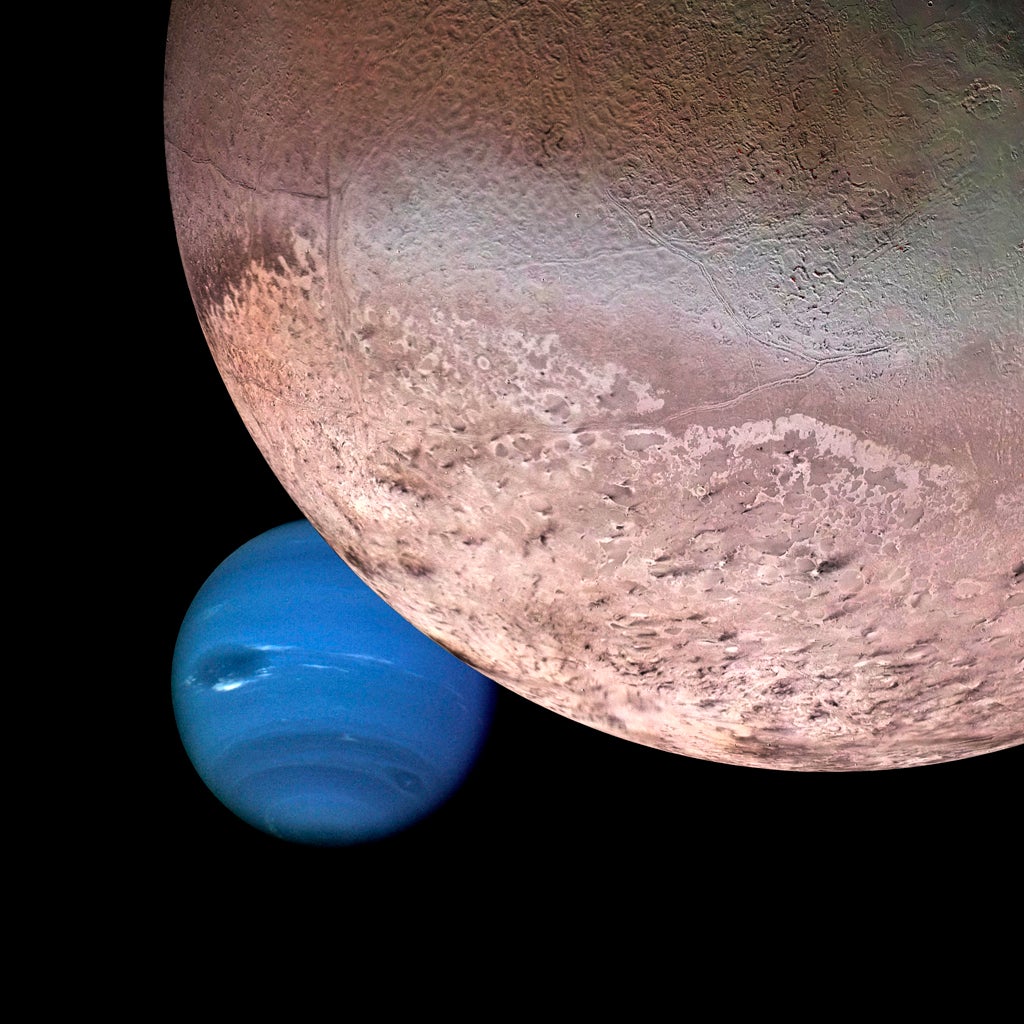Umbriel: The Dark Moon of Uranus
Umbriel, the mysterious dark moon of Uranus, shrouded in shadow and ice, holds secrets of the outer solar system with its ancient craters and enigmatic surface.
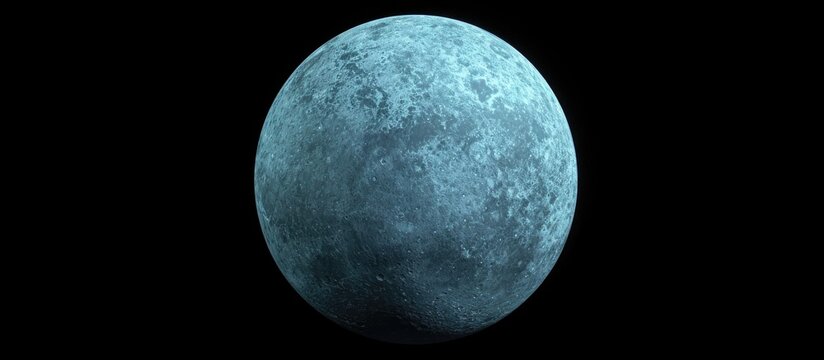
Discovery
Umbriel, one of Uranus's major moons, was discovered on October 24, 1851, by English astronomer William Lassell. The name "Umbriel" is derived from a character in Alexander Pope's poem "The Rape of the Lock," reflecting the tradition of naming Uranian moons after literary figures.
Size and Composition
With a diameter of approximately 1,169 kilometers, Umbriel is the third-largest of Uranus's moons. It is composed primarily of water ice and rock, suggesting a differentiated structure with a rocky core and an icy mantle.
Orbit and Rotation
Umbriel orbits Uranus at an average distance of about 266,000 kilometers, completing one orbit every 4.1 Earth days. Like most of Uranus's moons, Umbriel is tidally locked, always showing the same face to the planet. Its orbit lies within Uranus's equatorial plane, which is tilted nearly 98 degrees relative to its orbit around the Sun, leading to extreme seasonal variations.
Surface Darkness
Umbriel is the darkest of Uranus's major moons, reflecting only about 16% of the sunlight that hits its surface. This low reflectivity is comparable to the dark highland regions of Earth's Moon. The cause of Umbriel's dark surface remains a mystery, distinguishing it from its brighter counterparts like Ariel.
Craters and Age
The surface of Umbriel is heavily cratered, indicating it is ancient and has undergone little geological resurfacing. This abundance of large craters suggests that Umbriel has been geologically inactive for extended periods, preserving its old surface.
Mysterious Bright Ring
One of Umbriel's intriguing features is a mysterious bright ring on its surface. This bright spot stands out against the otherwise dark terrain, but its origin remains unknown.
Exploration
The only close-up images of Umbriel were captured by NASA's Voyager 2 spacecraft during its flyby of Uranus in January 1986. These images provided valuable insights into Umbriel's characteristics but covered only about 40% of its surface, leaving much of this moon unexplored.
Conclusion
Umbriel's dark, heavily cratered surface and mysterious bright ring make it a fascinating subject for future exploration. Understanding the reasons behind its low reflectivity and geological inactivity could provide insights into the history and evolution of Uranus's moons. Further missions to the Uranian system are necessary to uncover the secrets of this enigmatic moon.
What's Your Reaction?







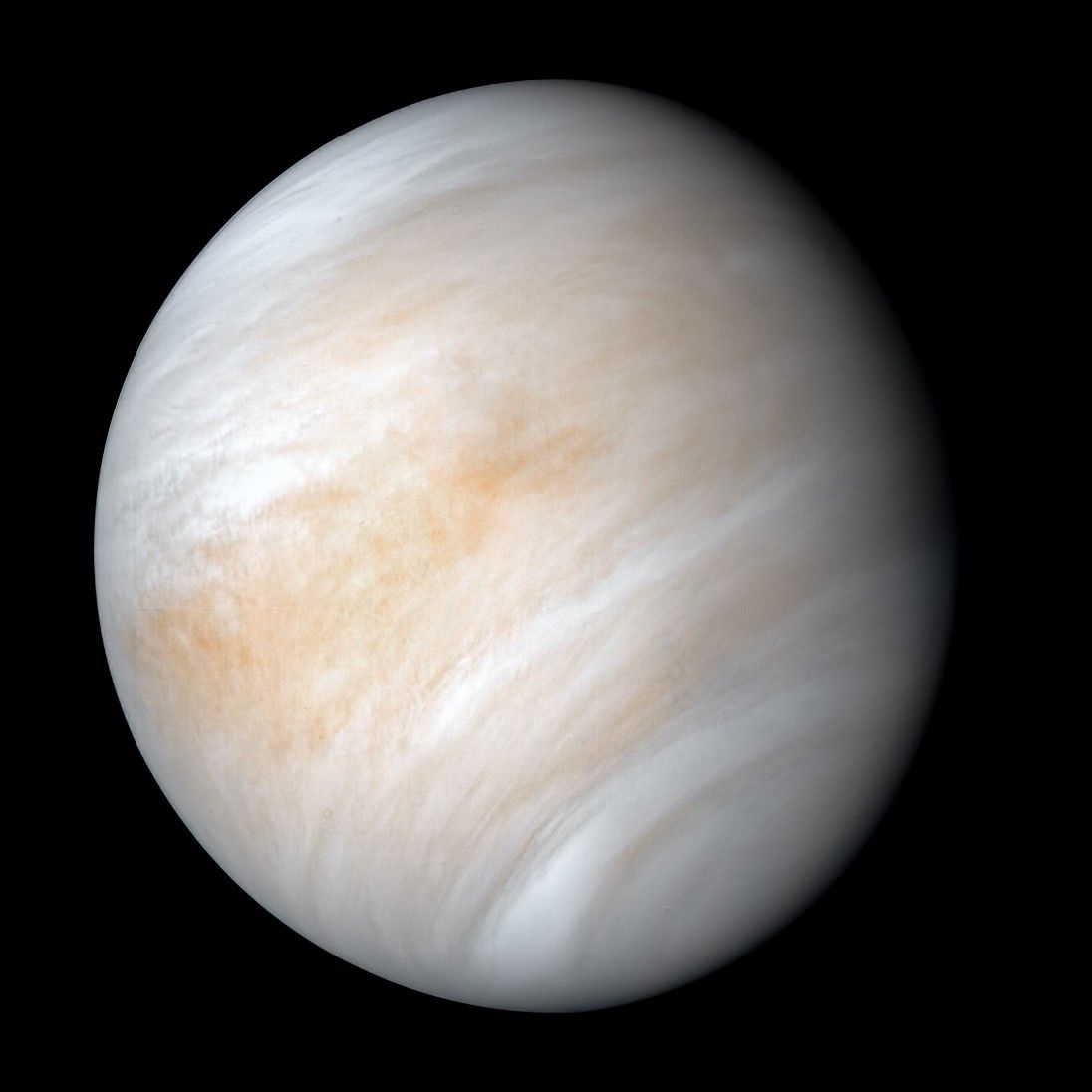



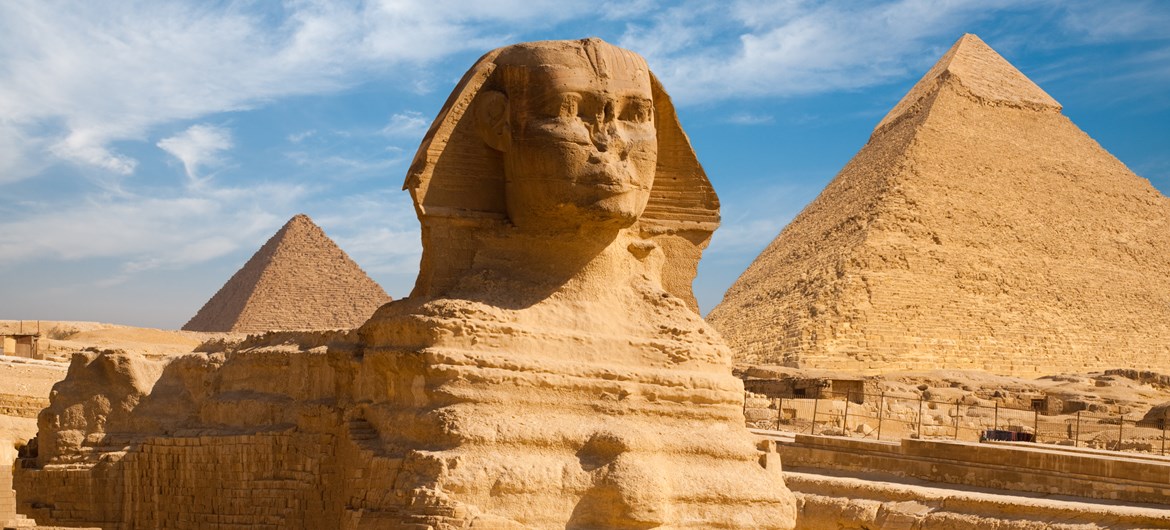
/https://tf-cmsv2-smithsonianmag-media.s3.amazonaws.com/filer_public/54/66/546650fa-26a4-40fd-8d6d-5a7a04540f81/rosetta2.png)
:max_bytes(150000):strip_icc():focal(999x0:1001x2)/robert-prevost-050825-1-39395418ab494da5a3a700c9478e66c8.jpg)


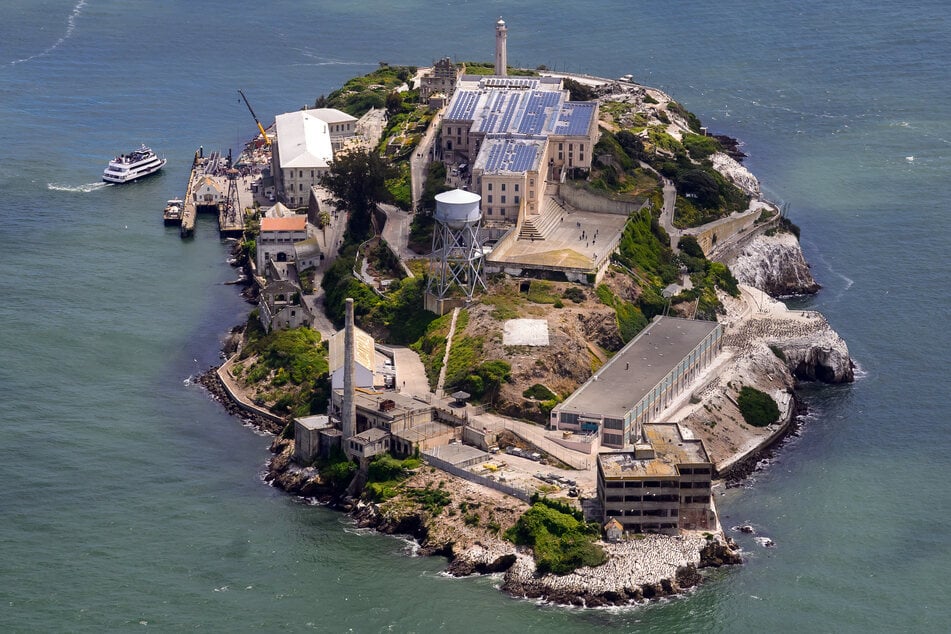























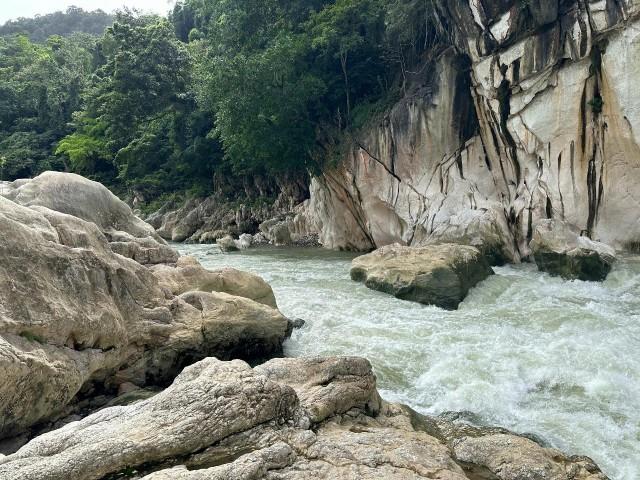




















format(webp))
format(webp))






















